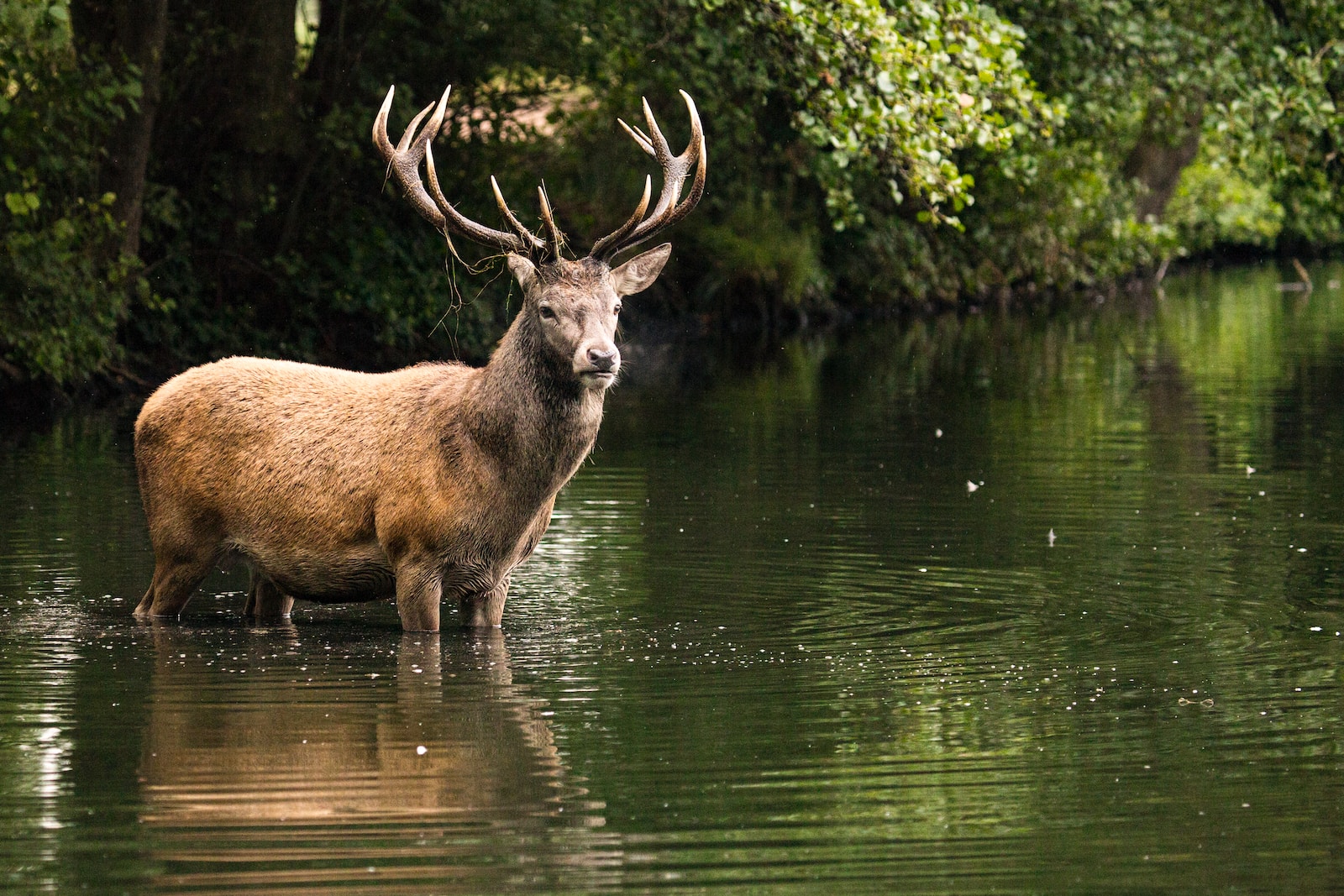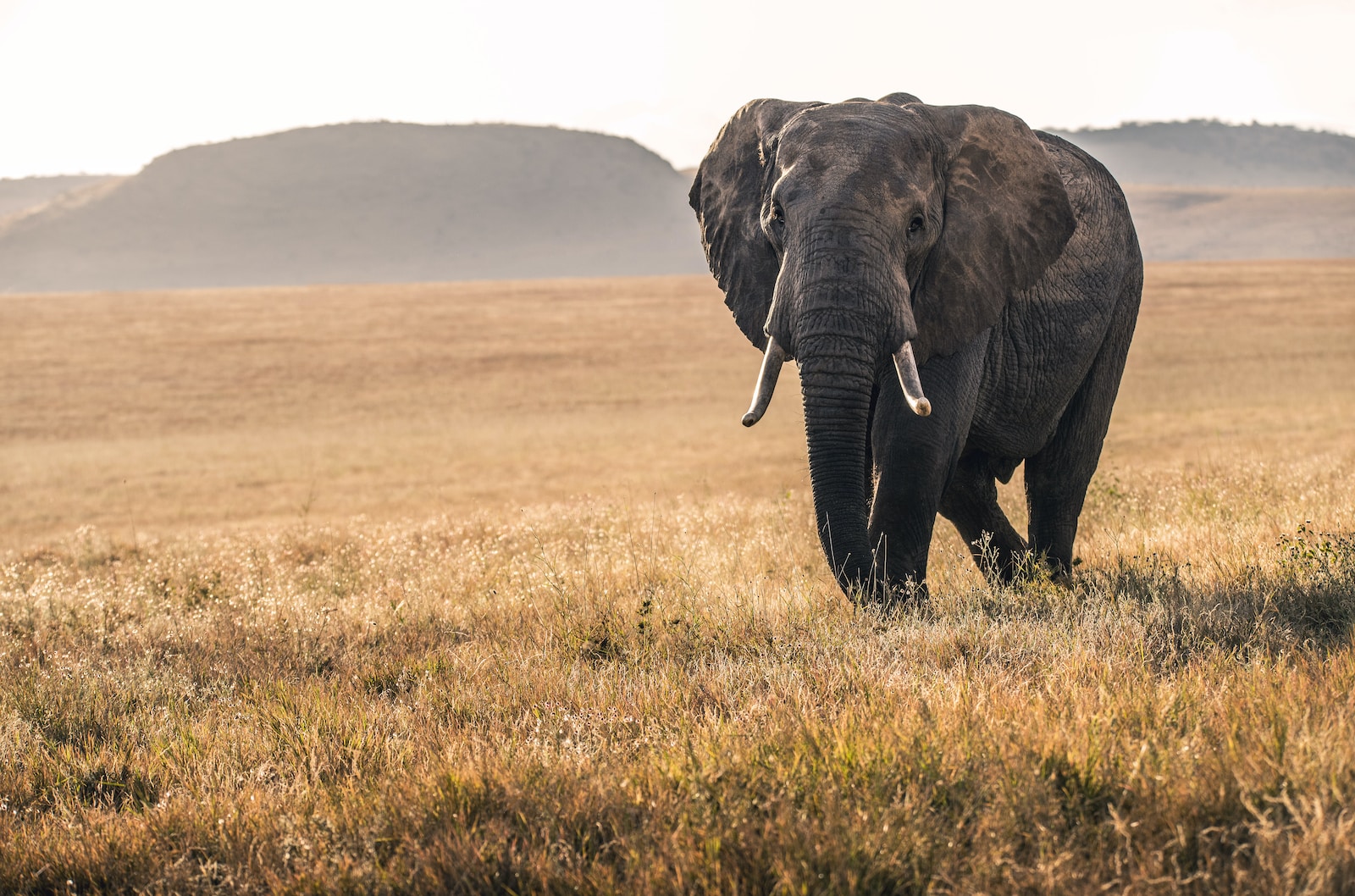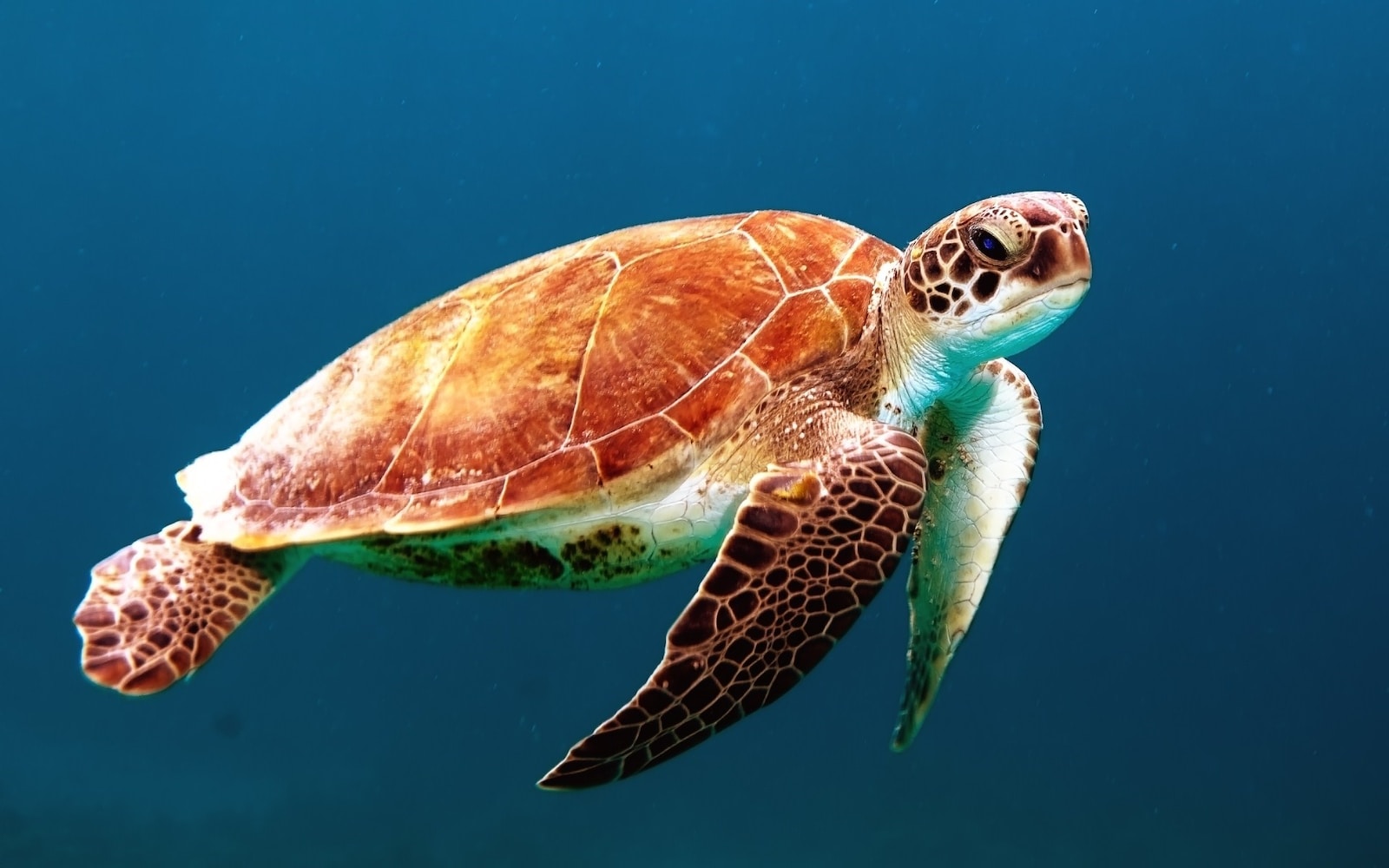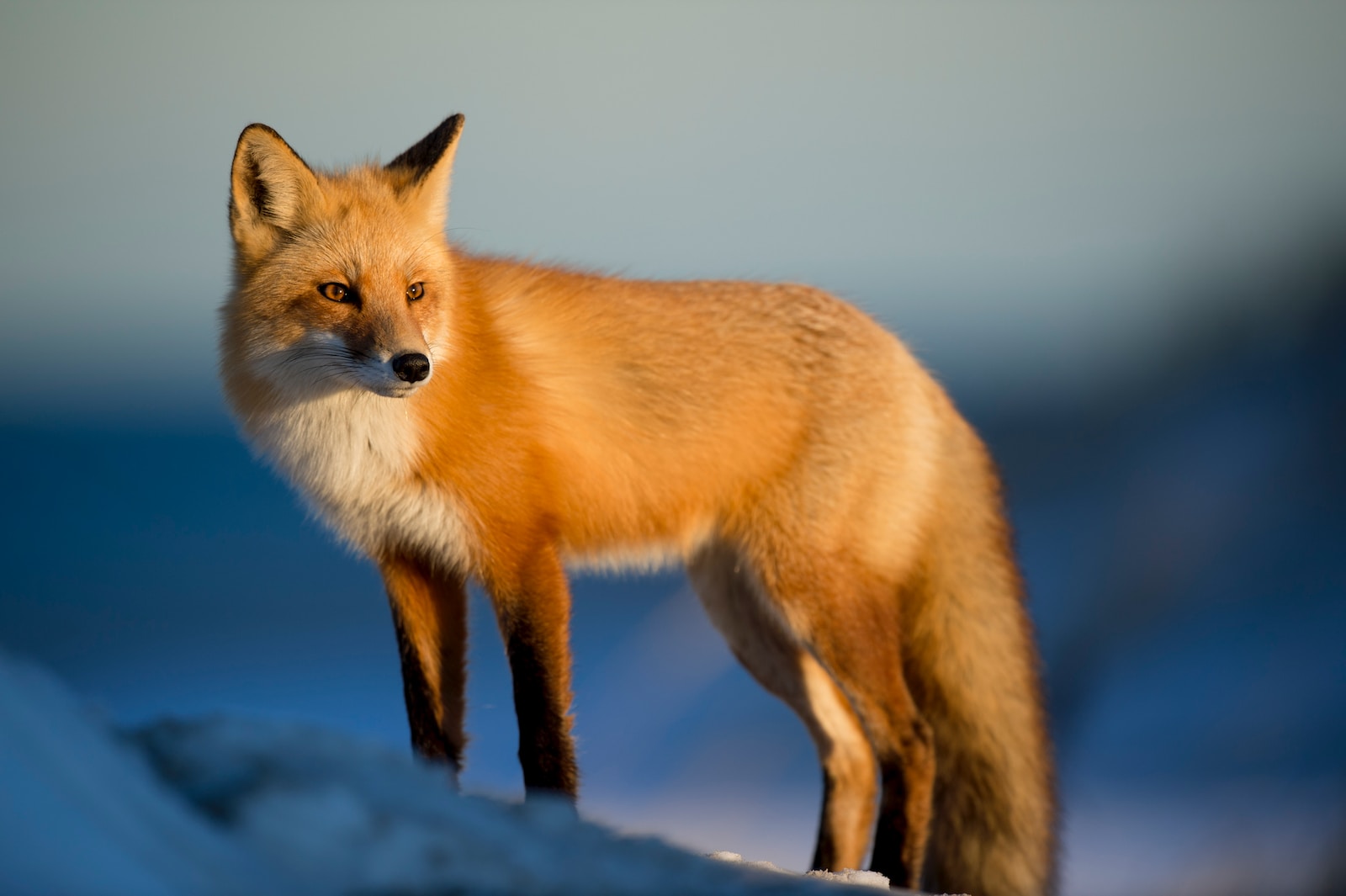Are you an avid wildlife photography enthusiast? Do you have a passion for capturing the beauty of endangered species? Join us as we delve into the world of wildlife photography ethics, habitat preservation, and legal queries. Discover the delicate balance between capturing stunning images and preserving the natural habitats of these magnificent creatures. Explore the laws and regulations surrounding wildlife photography, and uncover the importance of habitat preservation in maintaining the delicate ecosystem. Let’s embark on this journey together!
Table of Contents
- Wildlife Photography: A Guide to Ethical and Legal Practices
- Legal Queries: Know Your Rights and Responsibilities
- Ethical Considerations: Respect Wildlife and Their Habitats
- Sustainable Photography Practices: Capture Images with Care
- Community Involvement and Conservation: Make a Difference Together
- Inspiring Future Generations: Preserve the Beauty for Tomorrow
- A Relatable Story: The Journey of a Wildlife Photographer
- Frequently Asked Questions
- Wrap Up
Wildlife Photography: A Guide to Ethical and Legal Practices
Wildlife photography is a captivating art form that showcases the beauty and diversity of nature. It allows us to witness the wonders of wildlife, from the majestic lions of Africa to the elusive snow leopards of Asia. However, wildlife photography also comes with a great responsibility. As photographers, we have to respect the animals and their habitats, and ensure that our actions do not harm or disturb them. We also have to abide by the laws and regulations that govern wildlife photography, especially when it involves endangered species.
In this article, we will explore the ethical and legal aspects of wildlife photography, and provide some tips and best practices for capturing stunning images while protecting the environment. We will also discuss how wildlife photography can contribute to conservation efforts, and inspire future generations to care for the planet.
Legal Queries: Know Your Rights and Responsibilities
Before you embark on your wildlife photography adventure, you need to be aware of the legal framework that applies to your destination and subject. Different countries and regions have different laws and regulations regarding wildlife photography, such as permits, licenses, fees, restrictions, and penalties. Some of these laws are designed to protect endangered species from poaching, trafficking, and exploitation, while others are aimed at preserving the natural habitats and ecosystems.
It is essential that you do your research beforehand, and familiarize yourself with the legal requirements and implications of your wildlife photography project. You can consult reliable sources such as government websites, wildlife authorities, conservation organizations, or local guides. You can also join online forums or groups where other wildlife photographers share their experiences and advice.
Some of the common legal queries that you may encounter are:
- Do I need a permit or a license to photograph wildlife in a certain area or country?
- What are the rules and regulations for photographing endangered species?
- How can I obtain permission or consent from the landowners or indigenous communities where I want to photograph wildlife?
- What are the consequences or penalties if I violate any laws or regulations related to wildlife photography?
- How can I protect my rights and interests as a wildlife photographer in case of any disputes or conflicts?
By being informed and prepared, you can avoid any legal troubles or complications that may arise during your wildlife photography journey.
Ethical Considerations: Respect Wildlife and Their Habitats
Wildlife photography is not only about taking pictures. It is also about being respectful and responsible towards the animals and their habitats. As wildlife photographers, we have to follow certain ethical principles and guidelines that ensure the well-being of our subjects and their environments.
One of the most important ethical considerations is habitat preservation. Habitat preservation refers to the protection and restoration of natural habitats that support wildlife. Habitat loss and degradation are among the major threats facing endangered species today, as they reduce their food sources, shelter, breeding grounds, and migration routes. Habitat loss and degradation are mainly caused by human activities such as deforestation, urbanization, agriculture, mining, pollution, climate change, and invasive species.
According to the World Wildlife Fund (WWF), over 50% of the world’s wildlife has disappeared in the last 40 years due to habitat destruction and other human-induced factors. This is a alarming statistic that calls for urgent action.
As wildlife photographers, we can play a role in habitat preservation by:
- Choosing our locations carefully, and avoiding areas that are sensitive or fragile
- Minimizing our impact on the environment, such as noise, waste, footprint, or disturbance
- Using appropriate equipment and techniques that do not harm or stress the animals
- Respecting the behavior and welfare of the animals, such as keeping a safe distance, avoiding flash or baiting, or interfering with their natural activities
- Supporting conservation initiatives that aim to protect and restore habitats
- Educating ourselves and others about the importance of habitat preservation
By following these ethical practices, we can ensure that our wildlife photography does not compromise the quality or integrity of their habitats.
Sustainable Photography Practices: Capture Images with Care
Another aspect of ethical wildlife photography is sustainable photography practices. Sustainable photography practices refer to the methods and strategies that we use to capture images in an environmentally friendly way. These practices help us reduce our ecological footprint, conserve resources, and promote sustainability.
Some of the sustainable photography practices that we can adopt are:
- Using renewable energy sources such as solar panels or batteries to power our equipment
- Using digital cameras instead of film cameras to save paper and chemicals
- Using reusable or biodegradable materials such as bags or containers to store our equipment
- Recycling or donating our old or unused equipment
- Buying local or fair trade products or services when possible
- Participating in carbon offset programs or schemes
By implementing these sustainable practices, we can make our wildlife photography more eco-conscious and efficient.
Community Involvement and Conservation: Make a Difference Together
Wildlife photography is not only a personal hobby or passion. It is also a social activity that involves interacting with other people who share our interest and enthusiasm. Being part of a community of wildlife photographers can offer us many benefits and opportunities, such as learning, networking, collaborating, or supporting each other.
One of the ways that we can benefit from our community is by getting involved in conservation efforts. Conservation efforts are the actions and measures that are taken to protect and improve the status of endangered species and their habitats. Conservation efforts can range from scientific research and monitoring, to advocacy and education, to fundraising and volunteering.
As wildlife photographers, we can contribute to conservation efforts by:
- Sharing our images and stories with the public, media, or organizations to raise awareness and inspire action
- Donating our images or proceeds to conservation causes or campaigns
- Joining or supporting conservation groups or projects that align with our values and goals
- Volunteering our time or skills to conservation activities or events
- Collaborating with other photographers or conservationists to create impactful content or initiatives
By getting involved in conservation efforts, we can use our wildlife photography as a tool for positive change and social good.
Inspiring Future Generations: Preserve the Beauty for Tomorrow
The beauty of wildlife photography lies not only in the present moment, but also in its potential to influence the future. Wildlife photography can inspire and educate future generations about the wonders of nature, and the need to protect it. Wildlife photography can also spark curiosity and creativity among young minds, and encourage them to pursue their own passions and dreams.
As wildlife photographers, we can inspire future generations by:
- Sharing our images and stories with children, students, or teachers
- Mentoring or coaching aspiring or novice wildlife photographers
- Creating or participating in educational programs or workshops that teach wildlife photography skills or knowledge
- Exhibiting or publishing our images in galleries, magazines, books, or online platforms
- Developing or supporting innovative projects or solutions that use wildlife photography for learning or development
By inspiring future generations, we can ensure that our wildlife photography legacy lives on, and that the beauty of nature is preserved for tomorrow.
Wildlife photography is a rewarding and fulfilling art form that allows us to capture the beauty and diversity of nature. However, it also comes with a great responsibility. We have to respect the animals and their habitats, and abide by the laws and regulations that govern wildlife photography. We also have to follow ethical and sustainable practices that minimize our impact on the environment. We can also use our wildlife photography to contribute to conservation efforts, and inspire future generations to care for the planet.
By following this guide, we can enjoy wildlife photography while protecting the environment. We can also create stunning images that showcase the beauty of endangered species, and share them with the world.
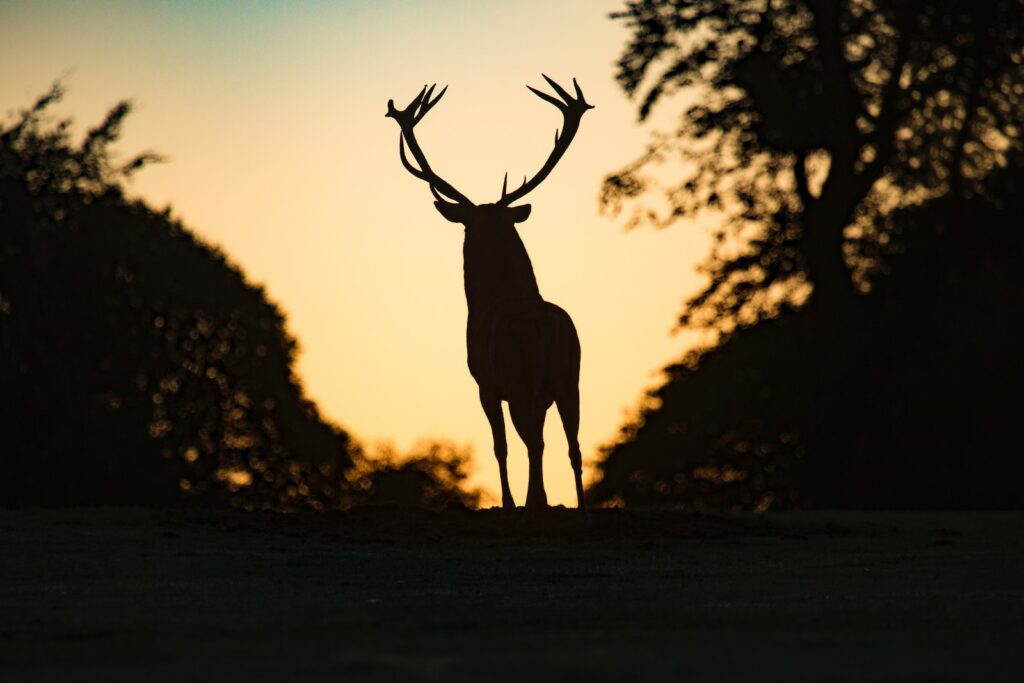
A Relatable Story: The Journey of a Wildlife Photographer
Being a wildlife photographer is not just about capturing captivating images of endangered species, but it also involves understanding the delicate balance between preserving habitats and respecting the legal boundaries that protect these creatures. I recently had the opportunity to connect with renowned wildlife photographer, Alex Turner, who shared his experiences and shed light on the challenges and rewards of his chosen profession.
The Encounter That Changed Everything
Alex’s passion for wildlife photography ignited during his trip to Africa a few years ago. While exploring the plains of the Serengeti, he captured a breathtaking shot of a majestic lioness lounging beneath the luxurious shade of a tree. This encounter not only solidified his love for wildlife photography but also sparked a desire within him to contribute to the preservation of such habitats.
However, it wasn’t until his next photographic expedition to Borneo that Alex truly understood the responsibilities that come with being a wildlife photographer. During his journey through the lush rainforests, he observed the devastating effects of deforestation on the habitats of endangered species such as orangutans and pygmy elephants. This realization fueled his determination to not only capture the beauty of these creatures but also advocate for their conservation.
The Thin Line between Artistic Expression and Ethical Boundaries
As Alex shared his experiences, he emphasized the importance of ethical wildlife photography. He explained that photographers must always prioritize the well-being and safety of the animals they photograph. Disturbing their natural habitats, altering their behaviors, or leaving behind any trace of human presence can have severe consequences for the creatures in question.
“One of the biggest challenges I face is balancing my desire to capture stunning images with the need to respect the boundaries of wildlife,” Alex expressed. “I have found that patience is key. Observing from a distance, blending into the environment, and using long lenses allows me to capture intimate moments while minimizing my impact.”
Bridging the Gap: Habitat Preservation and Legal Queries
Alex also emphasized the critical role that photographers play in raising awareness about habitat preservation and the legal aspects surrounding wildlife photography. He mentioned the support he has received from various organizations working to protect endangered species.
“Understanding the laws and regulations around wildlife photography is essential,” Alex explained. “I have familiarized myself with the local laws of the areas I photograph in, ensuring that my presence aligns with conservation efforts. It’s important to remember that our actions can influence policymakers and help shape future protections for these precious habitats.”
Alex’s story serves as a reminder that wildlife photography goes beyond taking captivating images; it is about being a responsible advocate for the creatures we capture through our lenses. By being mindful of the thin line between artistic expression, ethical boundaries, habitat preservation, and legal requirements, we too can contribute to the conservation of our planet’s endangered species and their natural habitats.
Frequently Asked Questions
1. What is wildlife photography?
Wildlife photography is the practice of capturing images of animal species in their natural habitats. It requires patience, skill, and a deep understanding of animal behavior.
2. How can wildlife photography help with habitat preservation?
By showcasing the beauty and diversity of wildlife, photography can create awareness and appreciation for the importance of preserving their habitats. This can lead to increased efforts in conservation and habitat protection.
3. Are there any ethical concerns with wildlife photography?
Yes, there can be ethical concerns in wildlife photography. It is crucial to follow ethical guidelines to ensure minimal disturbance to the animals and their habitats. This includes maintaining a safe distance, avoiding interfering with natural behaviors, and not altering the environment for the sake of a photograph.
4. Can wildlife photography disrupt endangered species’ habitats?
If not conducted responsibly, wildlife photography can potentially disrupt endangered species’ habitats. It is vital for photographers to prioritize the well-being of the animals and their habitats by minimizing their impact and adhering to legal regulations.
5. What are the legal considerations for wildlife photographers?
Wildlife photographers need to be aware of the local and international laws governing the photographing of protected species. These laws vary from country to country and may include restrictions on the distance from which photographs can be taken or the usage of artificial light sources. It is essential to research and abide by these laws to avoid legal issues.
Wrap Up
Wildlife photography is a powerful tool that allows us to capture the beauty of endangered species. However, it is crucial to approach this art form ethically and responsibly. By understanding the importance of habitat preservation and respecting the laws surrounding wildlife photography, we can ensure minimal disruption to these fragile ecosystems.
We explored various legal queries around wildlife photography, from permits to regulations, in order to shed light on the importance of operating within the boundaries of the law. It is our responsibility as photographers to contribute to the conservation efforts and protect these endangered species for future generations.
As always, we encourage you to engage in the discussion. Share your thoughts, experiences, and any additional information related to the topics discussed. Together, we can raise awareness and make a positive impact on the preservation of wildlife habitats and endangered species.
Leave a comment below and let us know your thoughts!
